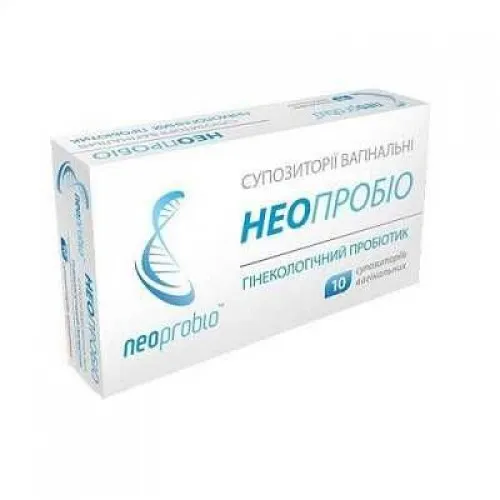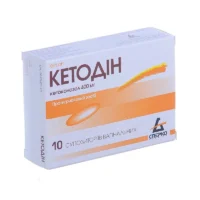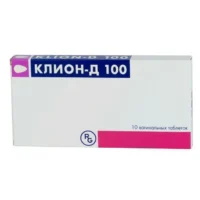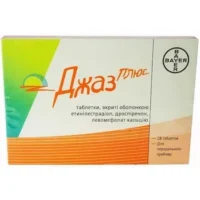Description
Neoprobio Vaginal Suppositories №10
Ingredients
- Neoprobio Vaginal Suppositories №10 contain a blend of probiotics, including Lactobacillus acidophilus, Lactobacillus rhamnosus, and Bifidobacterium bifidum.
- These probiotics help maintain the natural balance of vaginal flora.
Dosage
- For vaginal use, insert one suppository deeply into the vagina before bedtime for 10 consecutive days.
Indications
- Neoprobio Vaginal Suppositories №10 are indicated for restoring and maintaining the natural vaginal flora balance.
- Especially beneficial after antibiotic therapy or in cases of vaginal infections.
Contraindications
- Avoid use if allergic to any ingredients.
- Consult a healthcare provider before use if pregnant or breastfeeding.
Directions
- Wash hands and lie on your back before inserting the suppository using the applicator provided.
- Wash hands after use.
Scientific Evidence
- Probiotics in Neoprobio Vaginal Suppositories №10 help restore and maintain the natural balance of vaginal flora.
- This can reduce the risk of recurrent infections.
Additional Information
- Complete the full course for optimal effectiveness.
- Store in a cool, dry place away from direct sunlight.
Neoprobio Vaginal Suppositories №10 work by replenishing beneficial bacteria in the vagina, inhibiting the growth of harmful microorganisms, and preventing and managing vaginal infections.
Research suggests these suppositories offer a safe and effective alternative or complementary approach to traditional treatments for vaginal dysbiosis and recurrent infections, improving vaginal health and reducing infection recurrence.





